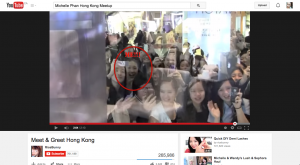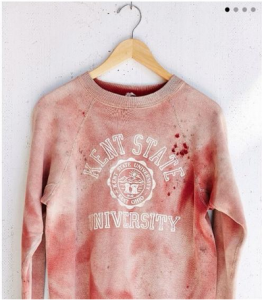If the United Nations was fully funded why would we need the Arc or social enterprise?
The United Nations (UN), an international organisation committed to maintaining international welfare (ie, maintain international peace and security, developing friendly relations among nations and better living standards and human rights)[1], and the Arc Initiative at the Sauder, a program aimed to building workshops and internships at third world countries, both strive towards the objective of initiating socio-economic progress and providing humanitarian aid.


After reading about social entrepreneurship and ARC Initiative, and upon reflecting the provided question, I can conclude that both the United Nations and social enterprises [need to] coexist due to the following two reasons:
- Difference in the amount of financial capital available
- Difference in the time-span of their activities
One argument is that the world can never have “too many” organisation helping developing countries en route to a better economy – more the better. Also, I personally think that the UN and social enterprises are required to operate hand-in-hand to better the effectiveness and sustainability of the changes they are influencing. Consider Public-Private Partnership. If they two work together, the synergy can create collective benefits to the issue; the UN contribute benefits from the social enterprises’ entrepreneurship expertise and efficiency, when the social enterprises benefits from the UN’s resources and finance. Similarly, while the UN cannot help specific groups of people with great focus, social enterprise can assist to better specific issues dismissed by the UN. Likewise, the two need to coexist as they play different roles in maximise improvements in human and environmental well-being.
This brings me to my next point; money cannot solve everything. The coexistence of both the UN and social enterprises is a solid evidence for this argument. Although the UN has abundant amount of finance, most problems in this world are multiplexed together and cannot be resolved with just money, but with continuous support program that allow the local citizens to attain new knowledge and skill-sets that can break them out of the cycle of poverty.
Ever heard of this quote from the Chinese proverb?
Give a man a fish and you feed him for a day. Teach a man to fish and you feed him for a lifetime.
In contrast to the UN, whatever social enterprises are providing is benefits for the people’s long-term success. They sustain a foundation towards the improvement in developing countries and encourage those people to become capable of being independent and self-sufficient in the future, instead of merely distributing temporary aids and financial support. Hence why I think the world needs the Arc or social enterprise despite having the UN.









